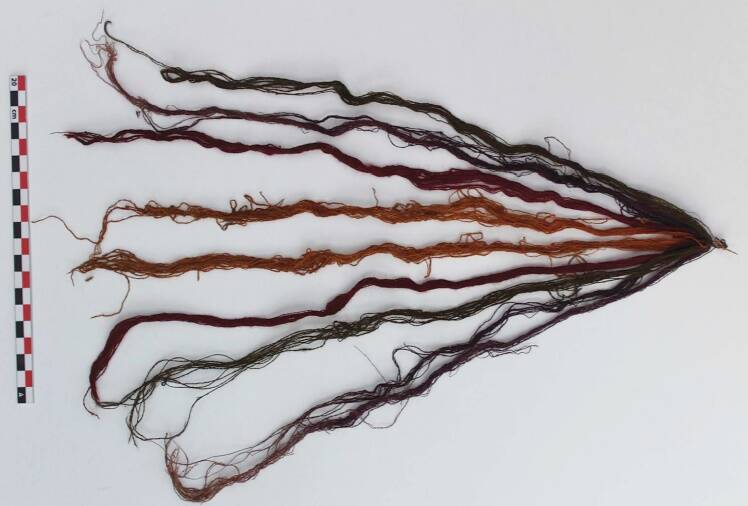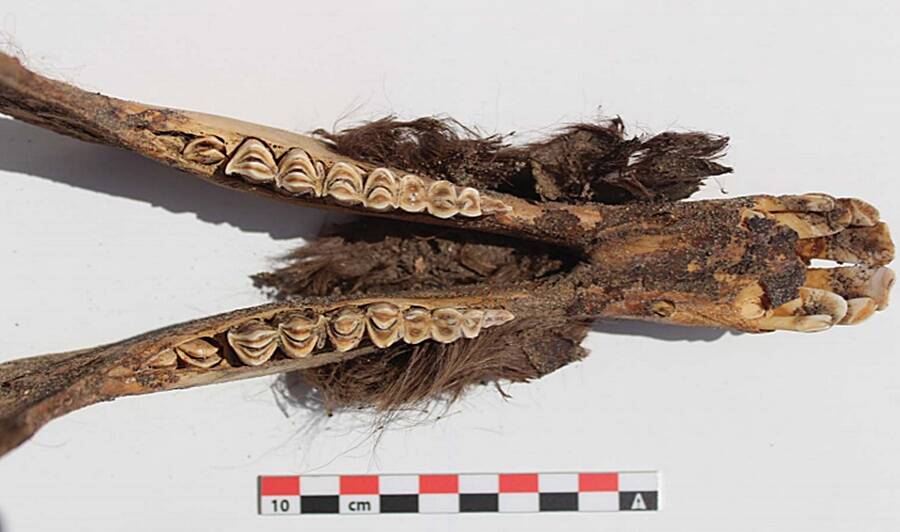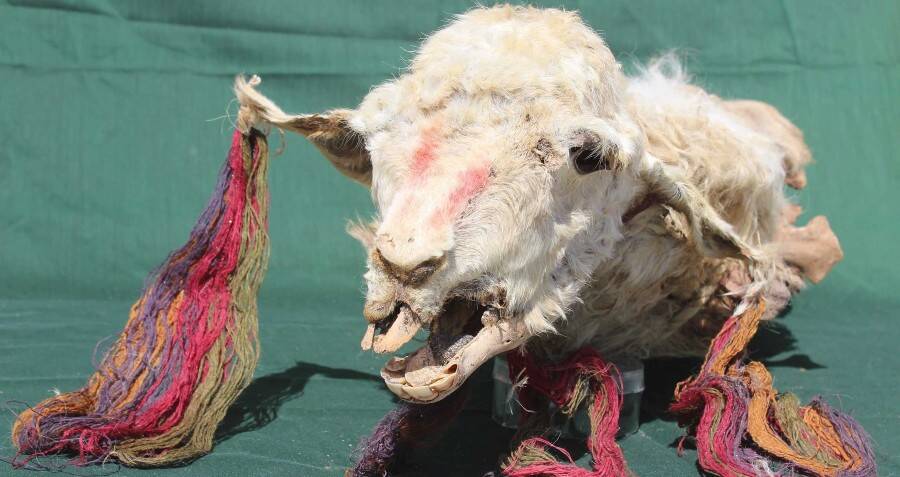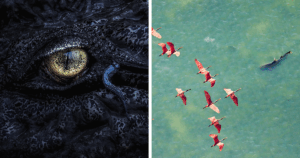Secrets Frozen in Time: How 500-Year-Old Buried Llamas Reveal the Mysteries of the Incas

L.M. ValdezThe llamas were decorated with bracelets and colorful string, as shown here.
The finding supports the idea that the celebratory feast that took place was likely meant to appease the new resident subjects.
Besides being made as offerings to the gods to bring good health and a bountiful harvest, it seems that animal sacrifices were also used to stake territorial claim for political purposes.
“The offerings likely were part of much larger feasts and gatherings, sponsored by the state,” said Valdez. “The state befriended the local people with food and drink, cementing political alliances, whilst placing offerings allowed the Inca to claim the land as theirs.”
Excavation at Tambo Viejo first began in 2018. Since then, in addition to the llama burial discovery, researchers have found the remains of a large plaza and a distinct religious Inca structure called ushnu. They also unearthed a connecting road to the Nazca Valley, where the famous Nazca Lines geoglyphs are located.

L.M. ValdezBody part of one of the mummified llamas which appears to have been a brown llama.
Past studies have determined that llamas were significant to Inca culture. While the four-legged animals were hunted for their meat as food, they were also most frequently used as sacrificial offerings, more so than human sacrifices.
The Inca rituals were performed at specific times of the year. A hundred llamas were sacrificed in October to promote a healthy rainy season, and in February another 100 llamas were sacrificed to bring the rainstorms to a stop.













